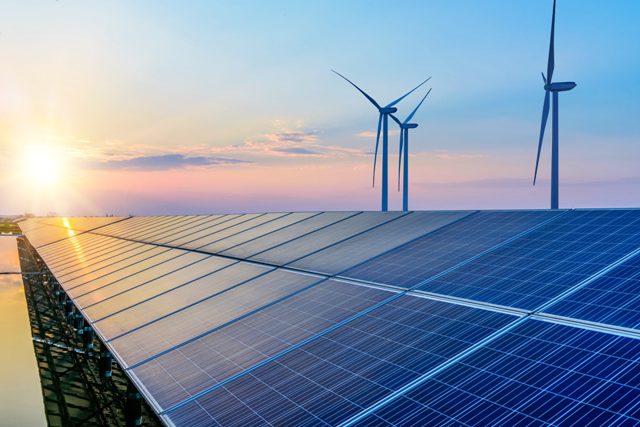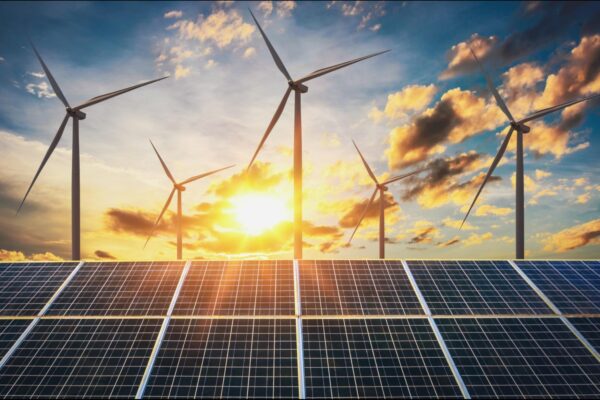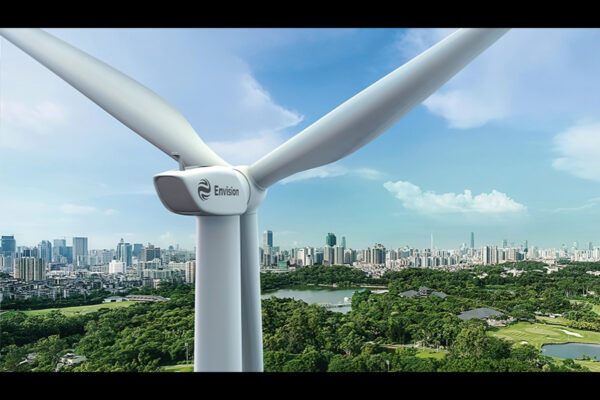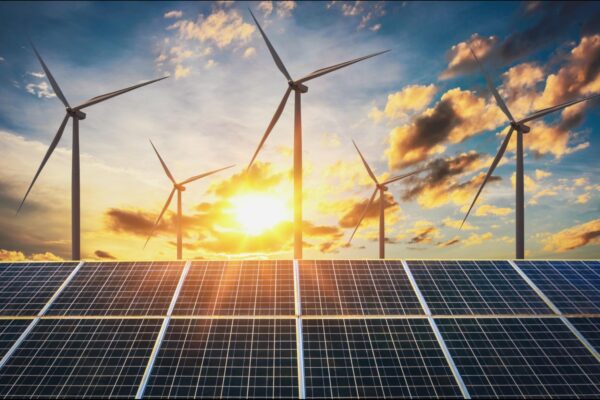Climate Change is taking centre-stage in India’s finance budgets…what next?
by Vishnu Sudarsan, Partner & Sugandha Somani Gopal, Of Counsel, J Sagar Associates
Climate change as a theme is gradually finding its place in India’s annual budgets. This is a reflection of how this crisis has been acknowledged and the need to act upon it has been accepted by the government of the day. For four continuous years, ie, from FYs 2015-16 to 2018-19, budgetary speeches found no mention of climate change. However, from FY 2019-20, reference to climate change has been incrementally gaining prominence every year. These budgets have also been followed by criticism regarding how they fall short on one or another climate related aspects. However, what is noticeable is that climate change has earned itself a distinct place within India’s budgetary speeches. And, this year’s budget only cements that position.
At COP26 in Glasgow, last year, India announced its aim to install 500 GW of renewable energy by 2030, to meet 50 percent of its energy requirements from renewable energy by 2030, achieve net zero emissions by 2070 and reduce its emissions intensity, or emissions per unit GDP, by at least 45 percent by 2030. These targets have been termed as ambitious. However, to demonstrate the political intent to accomplish the same it was pertinent that the budget which follows COP26, is responsive to India’s climate commitments and sends the signals required for setting the pathway to achieve these targets.
Energy transition and climate action formed one of the central themes of the Union Budget 2022-23. It is perhaps the first budget to mention climate action in its opening statement and highlight climate action as one of the pillars underpinning the budget. The speech found plenty of references to clean energy and was peppered with proposals and pathways to climate action which could be a game-changer in meeting India’s climate ambitions. Some of the notable climate – relevant announcements and their probable impact include:
- allocation of Rs 19,500 crore for production-linked incentives (PLI) for manufacturing of high-efficiency solar modules will give a boost to domestic manufacturing of solar PV modules and facilitate the course to reducing our dependency on China for PV modules
- issuance of sovereign green bonds to mobilise funds for public sector projects will include India amongst some select group of countries which have issued such bonds and create a policy and institutional structure to facilitate the rise of green finance
- establishing an Energy Service Company (ESCO) business model in big commercial buildings to promote energy efficiency and savings. ESCOs will not only help in being energy efficient but also enhance capacity building and awareness about energy audits
- battery swapping policy will increase the adoption of electric vehicles since it will address the issue of range anxiety, a critical challenge in the uptake of electric vehicles.
- including energy storage system in harmonised list of infrastructure will facilitate easier financing to the sector
- developing a policy framework and legislation to promote agroforestry and private forestry will play an instrumental part in increasing India’s green cover
- a single window platform for environmental clearances which will consolidate different clearances – environmental clearance, forest clearance, wildlife clearance through a single form, will streamline the procedure for procuring clearances and perhaps expedite the process.
Along with the above, the thrust of the Budget 2022 remained infrastructure building and urbanisation, with a sharp jump of 35.4 percent in capital expenditure to fund various infrastructure projects in 2022-23. Though this fresh stimulus to the infrastructure sector is much required, it will be important that this impetus comes with a system of checks and balances to ensure that infrastructure creation is not devoid of climate-based resilience. Increased spending in infrastructure to meet development needs has remained a top priority for the government for many years. However, it is widely known that climate responsiveness is yet to be translated into infrastructure programmes or project designs that could account for the magnitude of future risk. In most infrastructure projects, climate concerns remain a secondary focus. Some states like Gujarat have a climate budget which track climate public expenditure, however, there is a need for a national strategy relating to climate-responsive budgeting and reporting that can effectively integrate state level actions with national expenditure and climate targets. Some infrastructure sectors are underway to adopting low-carbon transition pathways, however such sectors will need budgetary support and guidance to mitigate and adopt to climate change. Such guidance will also lay the groundwork to make India an attractive destination for global climate finance.
To conclude, the Budget 2022 has its shortcomings such as that it continues to ignore climate adaptation and does not meet expectations relating to distributed solar energy or shutting down of inefficient fossil fuel plants.However, for the first time climate change as a theme was centre-stage in India’s budget and this budget can be said to be greenest budget till date.
















